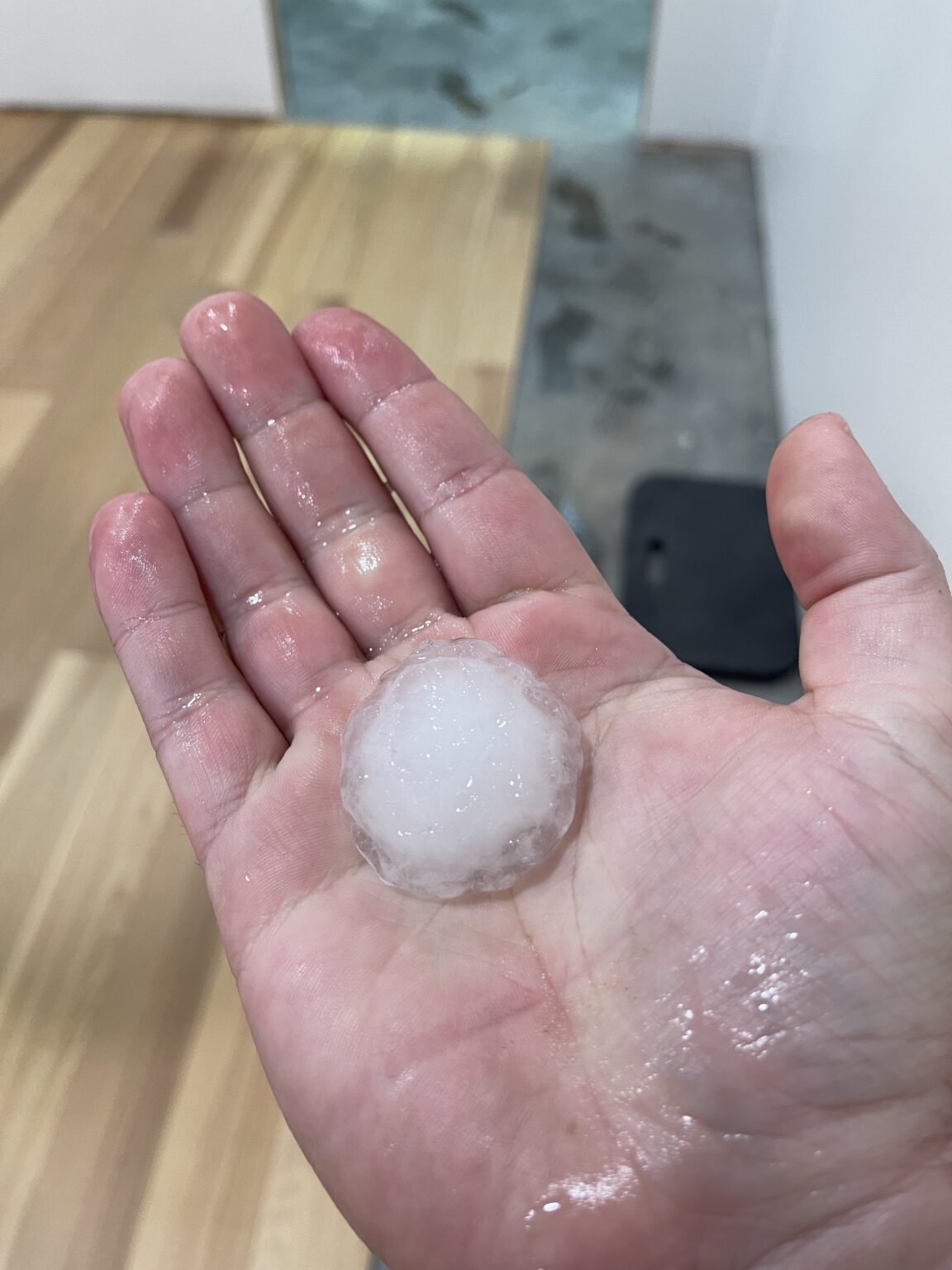Living in north Texas and traveling through the area allows for a lot of beauty and a taste of the great state of Texas, but it may also be accompanied by more than a few hail storms over the course of time. Because of temperature changes in the Texas atmosphere, hail is most common between the months of March and August and can be quite devastating at its worst. As an RV owner you have to take extra precaution to protect your RV from hail damage during the warmer months of the year.
To give you a thorough understanding of what hail damage can do to RV siding we’ll cover:
- The cause of hail damage
- Common signs of hail damage
- How to repair hail damaged siding
The circumstances around hail damage may differ, but the one consistent factor of hail damage is the negative impact it has on the value of your RV and the risks that come with leaving the damage unrepaired.
Causes Of Hail Damage To RV Siding
Hail damage to RV siding is caused by the impact of hailstones during severe weather storms. Hailstones can range in size from small pellets to large chunks of ice, and the force of their impact can cause dents, cracks, and other damage to your RV’s siding. The severity of the damage will depend on the size of the hailstones, the speed at which they were falling, and the angle at which they struck your RV.
Common Signs Of Hail Damage
The signs of hail damage to RV siding can vary depending on the severity of the damage. The most obvious sign is usually dents or indentations in the siding caused by the impact of hailstones. The dents may be deep or shallow and may be concentrated in certain areas or spread out across your RV’s exterior. Other signs of hail damage may include cracks or splits in the siding, chipped or peeling paint, or broken or missing trim pieces. If you suspect that your RV has sustained hail damage, it’s important to have it inspected by a professional to determine the extent of the damage and what repairs are necessary.

